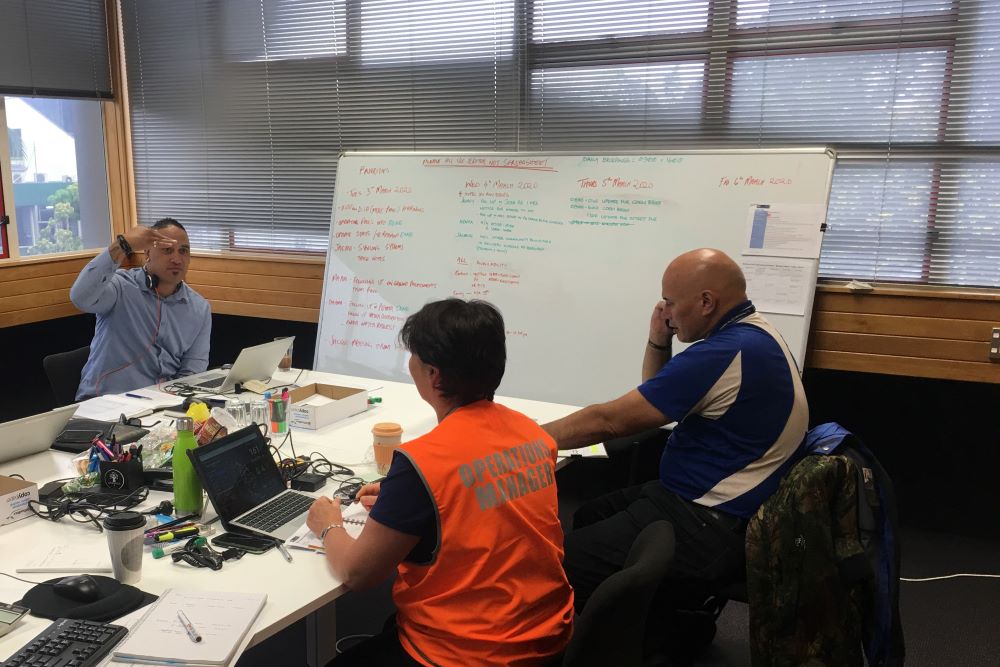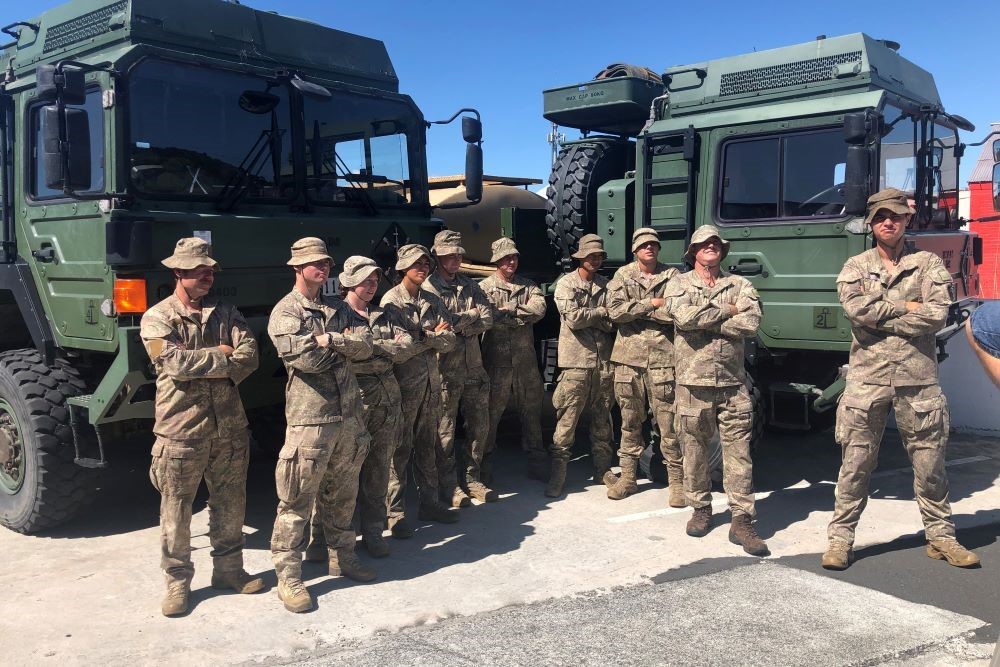Story
Civil Defence Emergency Management and COVID-19 – working closer with iwi and hapū: Case study
We’ve now had two crises in 2020, both the drought and COVID-19 – the impact has been felt right across Te Taitokerau. COVID-19 was a huge threat to communities who historically, have been significantly impacted by pandemics in the past. If left unchecked, there could be devastating consequences.
Two words come to mind with the work done between Civil Defence Emergency Management, iwi and hapū over this time – progression and participation. There has been a considerable enhancement of relationships due to having iwi representation and involvement from governance to operations.
The effort throughout COVID-19 is just one example of the progressive work done between councils, iwi and hapū. Given that it was a significant world event and the speed at which it hit, CDEM had to work fast and source support from what was already established. Information was needed and it was needed quickly – and working with Te Kahu o Taonui (TKoT), iwi groups, iwi health providers and Māori organisations meant they could find out exactly what it looked like from the coalface.
“We needed information, data – both qualitative and quantitative. It was up to each iwi and hapū group how much they shared, and we respected this. We let them know that no matter what their level of involvement was, it was ok, and we were there to help them with whatever we could.” Kaiārahi Tikanga Māori Arama Morunga says.
“It was important for CDEM to stay connected with hapū and iwi and tautoko their requests where possible.”
Decisions needed to be made quickly, and resources distributed as soon as possible to match the need across Te Taitokerau. There were also positive and lasting connections made with Māori who worked in a range of agencies and organisations to resource the Māori communities.
 Jenny Calder (CDEM), Arama Morunga Kaiārahi Tikanga Māori and Mario Kake Iwi Liaison for Northland Police.
Jenny Calder (CDEM), Arama Morunga Kaiārahi Tikanga Māori and Mario Kake Iwi Liaison for Northland Police.
 New Zealand Defence Force team ready to deliver water to marae and community buildings.
New Zealand Defence Force team ready to deliver water to marae and community buildings.
What is notable is the incredible resilience witnessed in the community. Iwi and hapū leadership were proactive in mobilising and responding to COVID-19 long before level four – systems were already in place, processes established, and the centralising of resources organised. CDEM saw and learned from the demonstration of manaakitanga, whanaungatanga and kotahitanga expressed by hapū and iwi throughout these challenging times.
Iwi and hapū were generously helpful with Civil Defence throughout this time and while it wasn’t easy, what we can take from it is priceless. The experience reinforces the value of working collaboratively and highlighted the importance of the regional council working with Māori and indeed TTMAC.
There was progress, and we can always do better and be better.
The experience echoes words from the great Ta Himi Henare ( Sir James Henare ):
“Kua tawhiti kē to haerenga mai, kia kore e haere tonu. He nui rawa o mahi, kia kore e mahi tonu."
"You have come too far not to go further, you have done too much not to do more"
